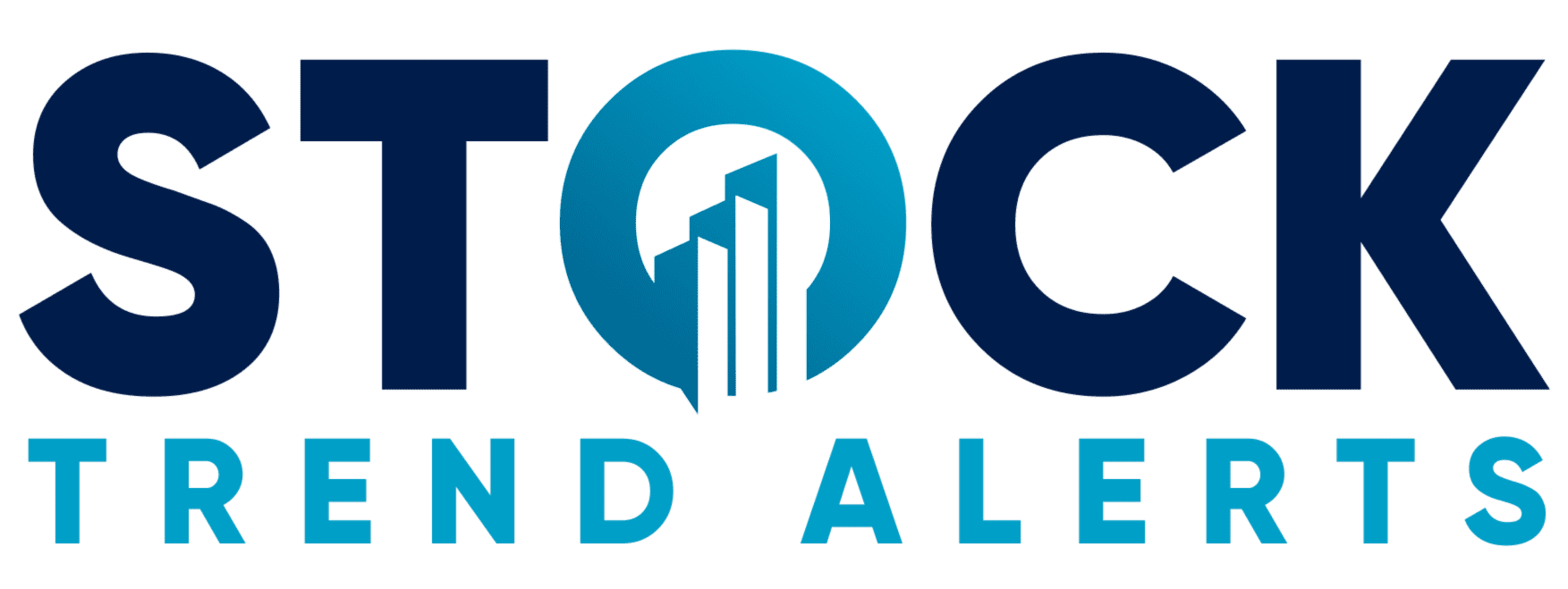In 10 days, one of the most well-known trading platforms, Robinhood, plans to go public and its expectations are high.
Robinhood is aiming for a market valuation of about $35 billion for its upcoming IPO. On Monday, the company released an amended prospectus. Inside that prospectus, the company announced that it plans to sell 55 million shares at a range of $38–$42 per share, which would mean its IPO would earn over $2 billion.
Back in September during its last private market valuation, the company was valued at $11.7 billion. Also, in its updated prospectus, Robinhood updated some of its financials and user metrics. As of the second quarter of 2021, Robinhood estimates that it has 22.5 million funded accounts (accounts connected to a bank account). This was an increase from 18 million funded accounts in the first quarter in 2021.
As for the company’s revenue, it estimates that second-quarter 2021 revenue was between $546 million and $574 million, which would indicate an increase of about 128% from 2020’s second-quarter — $244 million. Goldman Sachs, Citigroup, and JP Morgan are the lead underwriters on its IPO. Robinhood will be listed on the Nasdaq under the symbol “HOOD.”
The company found itself surrounded by this year’s meme stock phenomenon, which brought even more attention to the company and its free trading app. The California-based company was created less than a decade ago in 2014.
Its app was designed to give everyday people the opportunity to invest without having to pay commissions. This objective has forced some of Robinhood’s rivals to follow suit by getting rid of commissions and offering apps that made trading easier and more approachable.
Robinhood Grew Its Revenue and Users
Robinhood’s platform has soared in the past year and a half. The coronavirus pandemic and the restrictions put in place because of the pandemic left many people at home in search of new ways to spend their time — and money. Many people were working from home and now had the time to learn about trading and to pay attention to the markets. Robinhood’s platform was easy to use and quickly became a go-to for these new investors who gained an interest in trading.
[Hot New Tech: This odd-looking machine could be the most transformative innovation in history]
Then you add in the excitement at the beginning of 2021 with meme stocks like the infamous GameStop (NYSE: GME) rally, which could be the reason behind Robinhood’s surge in revenue from January–March…
Not to mention that the IPO market continues to be busy and robust. According Renaissance Capital's calculations, June closed out on a high note with the busiest week for traditional IPOs since 2004. Dealogic states that U.S. IPOs have already totaled about $171 billion in 2021, which has already surpassed 2020’s record $168 billion.
The IPO market is hotter than ever, and an IPO from Robinhood couldn’t come at a better time for the company.
The Backing That Robinhood Needs
The global investment arm of Salesforce.com has an interest in purchasing up to $150 million worth of Class A common stock at Robinhood’s IPO price. Salesforce Ventures aims to invest in next-generation technology, so if it’s investing in Robinhood it must believe that the company and its platform will have an impact on the future of technology.
Another unique aspect about Robinhood’s upcoming IPO is that it expects to allow its users to buy at its IPO. Robinhood expects to sell between 20% and 35% of its IPO shares to its users — equating to about 18.3 million shares. Robinhood has prided itself on giving retail investors the opportunity and accessibility to participate in stock trading, something that most retail investors thought was off-limits for them.
Unfortunately, a lot of everyday people thought investing was something that they couldn’t do, but Robinhood wanted these people to know that's not true. That is why Robinhood is staying true to its values by giving retail investors better access to IPOs, which has notoriously been reserved for wealthier brokerage clients and institutional investors. Instead of having retail investors wait until shares start trading, they will now have access to Robinhood’s IPO shares. However, that doesn’t mean that they'll be exempt from the complications that come along with participating early in an IPO. Investing in IPOs early can be risky for some investors, since the company's goal is generally to sell potential investors on a story in order to earn the most money from its IPO. It's difficult to get the full picture of the company and its financials this early on.
[Discover: The off the radar Small-Cap Stock at the center of an Era-Defining Technology]
Robinhood Goes Public Next Week
Robinhood is expected to go public next Thursday, July 29. This IPO is set to be massive and will carry a lot of hype because the company has become so well-known over the past few years and has seen growth in revenue and users since the pandemic.
However, at this time, the company might be a little too risky. If interested, this is a company that you'll want to follow after its IPO to get a better understanding of its financials and future growth expectations and really get the full picture of the company.
Until next time,
Monica Savaglia
[Exclusive: Luke Lango’s Innovation Investor – 7 Hyperscale Stocks to Buy Now…]
